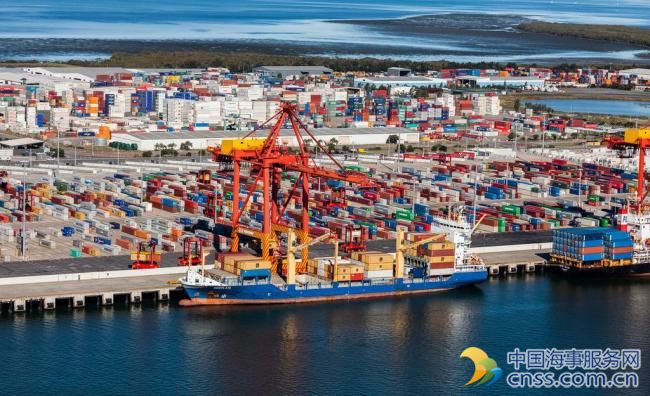OPEC and Non-OPEC Nations Will Reduce Oil & Gas Production to Restore Supply-Demand Parity

The demand-supply imbalance in the oil & gas industry over the past couple of years has had far-reaching economic and geopolitical implications for the global market. The strong production in the North American and Russian markets led to an oversupply, which triggered a price crash and economic instability in the euro zone, geopolitical tensions in the Middle East and Africa region, and low demand in Asia-Pacific. Further, the low revenue inflow compelled oil & gas majors to roll back their capital expenditure (CAPEX) and oilfield services.
As the oil rig count in the US almost doubled and the production from tight oil surged, some Organisation of Petroleum Exporting Countries (OPEC) members were compelled to decrease production to restore balance to the global production. However, they may not be able to withhold production for an extended period as they have to produce enough oil to break even on production costs. Similarly, if non-OPEC producers continue to increase production, there could be a double dip in global oil prices.
“The participants that will survive the unpredictable price fluctuations will be the ones that do not depend solely on the oil & gas industry for revenues,” said Frost & Sullivan Energy & Environment Industry Analyst Mahesh Radhakrishnan. “Oil companies that are vertically integrated will be ideally positioned to optimise their operations, as they will have a stable downstream business, which usually profits when oil prices are low. National oil companies with localised operations could focus on their mature fields and turn them into profitable wells.”
Outlook of the Global Oil and Gas Industry, 2017 is part of Frost & Sullivan’s Oil & Gas [http://ww2.frost.com/research/industry/energy-environment/oil-gas] Growth Partnership Subscription. It projects the oil & gas industry’s opportunities and challenges from 2015 through 2020. The study is divided into upstream, midstream and downstream segments.
US access to innovative drilling technology is reducing the per-barrel cost of extraction in tight oil formations, which is allowing it to boost production even when oil prices are low. Other countries that do not have the technology know-how to tap their tight oil reserves need to seek collaboration opportunities.
In countries where oil & gas production is responsible for more than 80% of the gross domestic product, low prices will result in a current account deficit. The worst hit segment will be oilfield services, as oil companies will pressure them to produce more for less.
“Even though oil prices started to increase toward the end of 2016 and early 2017, this situation is likely to reverse if more production cuts are not agreed upon by both OPEC and non-OPEC producers,” noted Radhakrishnan. “A double dip in oil price can lead to further drop in investments, which could impair the economic ecosystem globally.”
About Frost & SullivanFrost & Sullivan, the Growth Partnership Company, works in collaboration with clients to leverage visionary innovation that addresses the global challenges and related growth opportunities that will make or break today’s market participants. For more than 50 years, we have been developing growth strategies for the global 1000, emerging businesses, the public sector and the investment community.
Source: Frost & Sullivan
HEADLINES
- Do shipping markets want Biden or Trump for the win?
- All 18 crew safe after fire on Japanese-owned tanker off Singapore
- Singapore launching $44m co-investment initiative for maritime tech start-ups
- Cosco debuts Global Shipping Industry Chain Cooperation Initiative
- US warns of more shipping sanctions
- China continues seaport consolidation as Dalian offer goes unconditional